
SPROUT LANDS
SPROUT
LANDS
Tending the Endless
Gift of Trees
William Bryant Logan

W. W. NORTON & COMPANY
INDEPENDENT PUBLISHERS SINCE 1923
NEW YORK LONDON
To my mother and her father.
And to Ray Donahue.
How beautiful the sprout-land seen from the cliff! No more cheerful and inspiring sight than a young wood springing up thus over a large tract, when you look down on it, the light green of the maples shaded off into the darker oaks; and here and there a maple blushes bright red.... Surely this earth is fit to be inhabited, and many enterprises may be undertaken with hope where so many young plants are pushing up. In the spring, I burned over a hundred acres till the earth was sere and black, and by midsummer this space was clad in a fresher and more luxuriant green than the surrounding even. Shall man then despair? Is he not a sprout-land too after never so many searings and witherings?
Henry David Thoreau, Journal, II, 48889
[The] lack of interest in the humble everyday mainsprings of ones own existence is mandarinism. We know mandarin attitudes have been a sure sign of decay in past civilizations; it probably is a sign in our own culture.
Edgar Anderson, Plants, Man and Life
T his book is almost completely owed to what others showed and taught me. It began when Dennis McGlade, Scott Dismukes, Allison Harvey, and their colleagues from the Olin Studio hired us to train the trees in front of the Metropolitan Museum of Art in New York City. I had to study pollards. In California, Scott McCormick of the San Francisco Parks Department, Phil Cody and Jim Horner of the University of California at Berkeley, and Alex Fernandez of Filoli all shared their expertise and their puzzlement with me.
In the United Kingdom, a drive on the Somerset Levels with Neville Fay and a visit to Burnham Beeches, where Helen Read gave a group of us a guided tour of the amazing commons of ancient beech pollards, set me off on the path to look at the ancient traditions of pollard and coppice. Reading and attending Fays Transformational Nature seminars was also important. The fine arborist Reg Harris was tremendously generous with his time and effort, among many other things setting up visits to Bradfield Wood, where we met the wonderful Pete Fordham, and to Staverton, where Gary Battell showed us the finest group of oak pollards that I have ever seen. Bill Cathcart gave us an amazing tour of the trees at Windsor Great Park and introduced me to Clive Leake, whose hedge-laying class I was privileged to observe. Tony Kirkham showed me formal and retrenchment pruning at Kew Gardens, and Matthias Anton led me around his wonderful Deepdale Nursery, showing me their aerial hedge materials and pollards, while Lisa Edinborough helped me understand the fine mature aerial hedges and other formal pruning at Hidcote Manor. Ted Green, who was introduced to me as a force of nature, was generous, forthright, and memorable in his thoughts and comments on the pruning of pollards and coppice. Jill Butler was equally generous and asked some of the most pertinent questions I have ever heard about wood pastures.
Through Helen Read, I met others. Her colleague Vikki Bengtsson generously led me on a lightning tour of Swedish pollards and informed me that I was becoming a pollard geek. Read told me to contact Ingvild Austad in western Norway, who was among the first to study pollarded landscapes there. Professor Austad spent day after day showing me sites all over the Sognefjord and patiently explaining to me her work and that of her colleagues, including Leif Hauge. Austad kept me supplied with study materials and introduced me to others, including Ingeborg Mellgren-Mathiesen, who shared with me her research on the farm garden of Nikolai Astrup. She also introduced me to the young farmer Kare Solhaug, who is trying a new method to make pollarding function in a mechanized world.
Read introduced me as well to those who knew about pollards and coppicing in Spain, foremost among whom was Jos Miguel Elosegui, an extraordinary student of everything about the town of Leitza and maker of one of the finest local-area maps I have ever seen. He introduced me to many remarkable people who still practiced the traditional skills of the town, included the shepherd Patxi Barriola and the axe cutter Gabriel Sarralegi. The arborist Samul lvarez walked my legs off, showing me whole woodlands of pollard oaks and beeches in lava and Navarra. Oscar Schwendtner walked with me through other pollard woods and showed me the huge commons atop the Sierra de Urbasa.
In Japan, two professors from Morioka University, Harashina Koji and Azuma Atsuki, organized a two-day excursion to show me efforts at carrying the virtues of satoyama woodlands into modern plantation forests. Among the people they introduced me to was Chiba Nagomi, who runs Tohno Econet to teach forestry to ordinary citizens and who as it turned out was also an accomplished kagura dancer. Koyama Sayako graciously organized and led a trip on the Noto Peninsula to meet traditional and coppice foresters there. A number of students of traditional Japanese coppice forestry and woodland management accompanied us, including Iida Yoshihiko of the United Nations Institute for Advanced Study of Sustainability and the young forester Ifumi Yuho. Ohno Choichiro showed us all his coppice oak woodlands, some recently cut and some with ten or more years of growth, as well as his charcoal-making operation.
Kuramoto Noburo of Meiji University organized a trip near Tokyo to look at coppice woodland restoration projects. The work in Tama New Town of the Sakuragaoka Park Volunteers was being led by Kishimoto Koichi, who walked me through their woodland and shared with me the work of the volunteers there. Tsushima Ryoichi, Andoh Naoko, and Andoh Toshihiko explained and led a visit to many of the forest and paddy restorations of the Totoro no Furusato Foundation.
I was not able to visit Africa, but Professor A. Endre Nyerges graciously spoke with me by telephone about his work on the coppice forests of the Guinea savanna and guided me to the work of other researchers.
In California, the fine writer and anthropologist Kat Anderson helped me to understand her work on the California Indians. She introduced me to the extraordinary basket maker Lois Conner Bohna, who showed me her exquisite work and demonstrated how to make it, while talking all the while of the culture from which the baskets came. Anderson also led me to curator Natasha Johnson of the Phoebe A. Hearst Museum of Anthropology at the University of California, Berkeley, who patiently cured my ignorance about the role of baskets in the cultures of the California Indians.
Melanie Locay at the New York Public Library gave me a place in the Wertheim Study Room that was important to my research, and Esther Marie Jackson of the New York Botanical Garden Library helped me find difficult-to-access studies in journals.
The first drafts of the book were dense and difficult. I owe a great deal to David Sassoon, Joseph Charap, and Wayne Cahilly, who read and commented on early sections, to Josephs reading of an entire later draft, and to my wife, Nora, who read the whole thing in more than one draft. I owe deep thanks to Susan Kessler, who coached me to at least recover my basic Japanese. Her teaching was both informative and enjoyable, and helped me enormously.
None of this would have been possible, nor would we have been pruning pollards, were it not for the remarkable men and women of Urban Arborists, whose hard work, craft, and persistence are the foundation of the company.
Next page
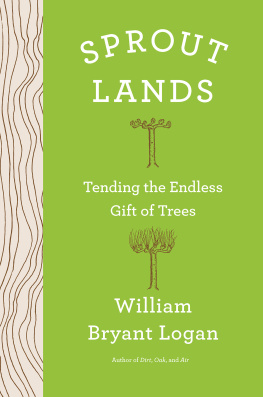
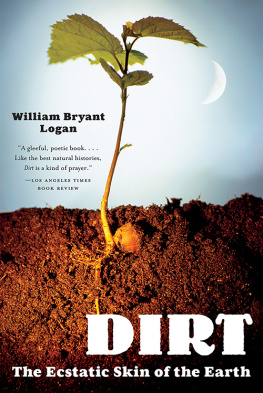
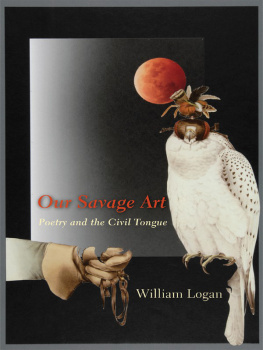
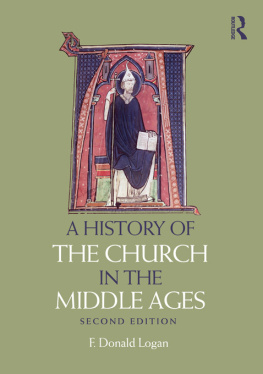
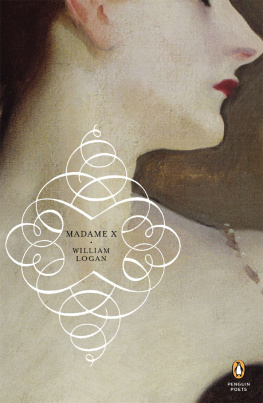
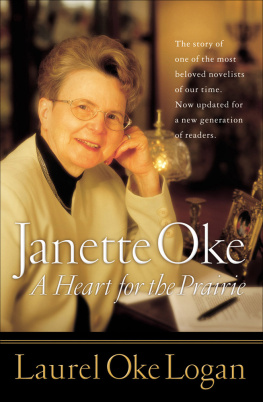

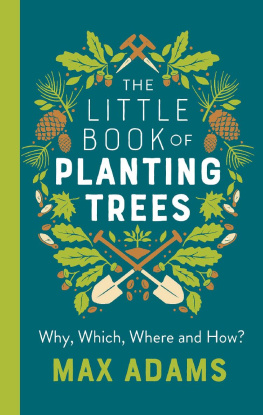
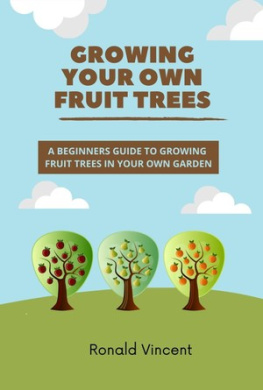
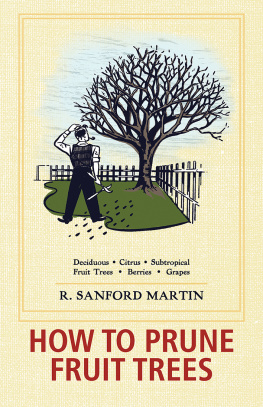

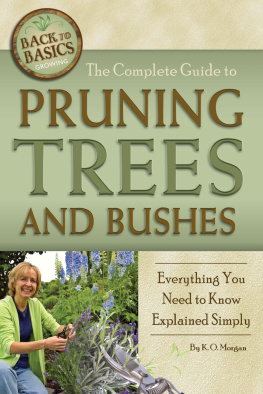
![Logan - Sprout lands [Release date Mar. 26, 2019] : tending the endless gift of trees](/uploads/posts/book/128344/thumbs/logan-sprout-lands-release-date-mar-26-2019.jpg)

